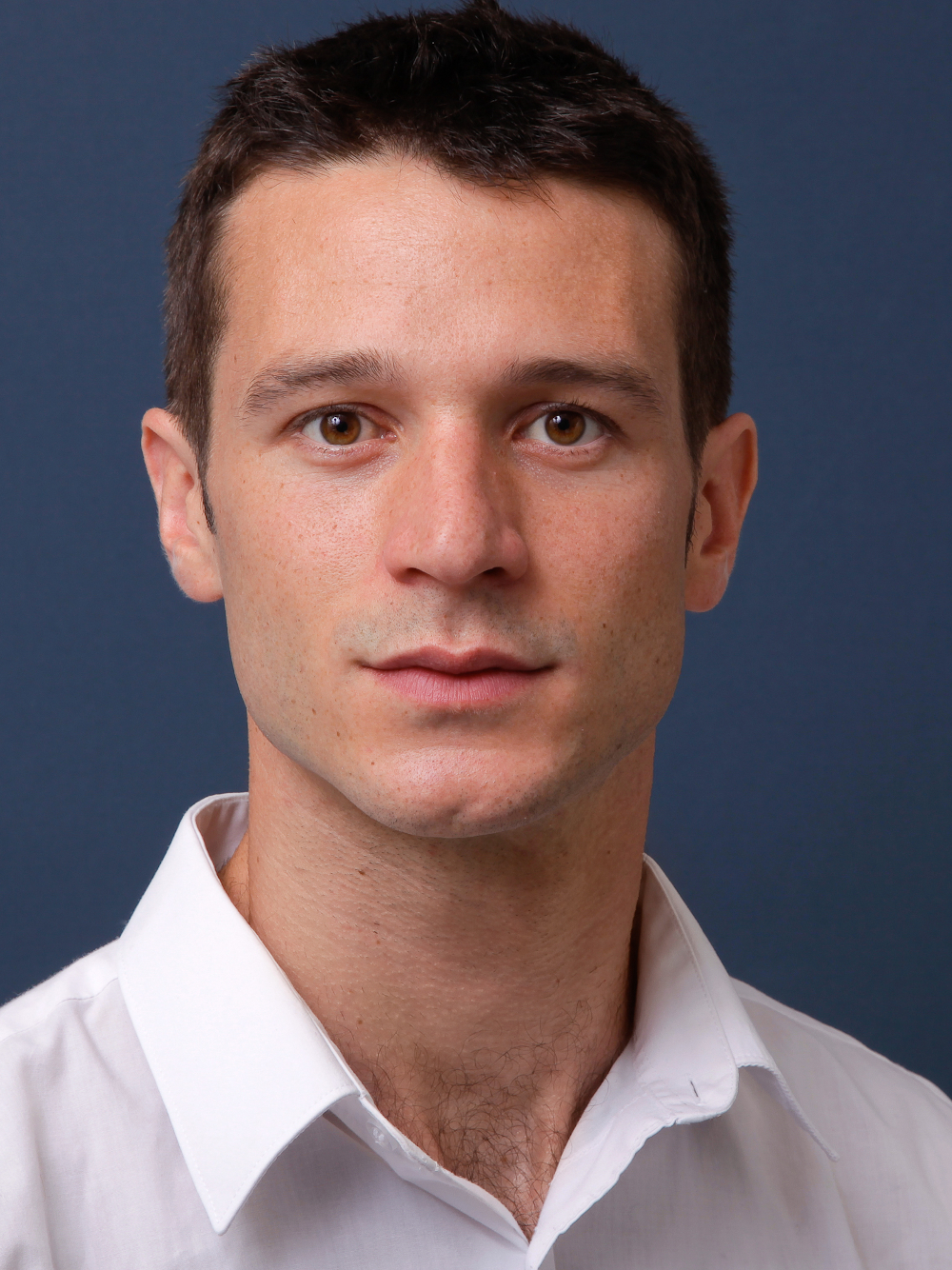
Today we are turning our spotlight on Dr. Florens Lohrmann, a pediatrician and IMM-PACT Clinician Scientist Fellow working in Philipp Henneke’s research group. He told RE4CH a bit about his work by email:
What is the most interesting or exciting research question that you hope to answer in the next 5 years?
Mycobacterial infections frequently occur in children, leading to granulomas. These are complex three-dimensional structures with a high macrophage density. Granulomas constitute the contact site between host and pathogen, which interact with each other on multiple levels. I hope to understand the functional specialization of different macrophage subsets within the granulomas and how they convey signals to one another. Our work has previously shown that there is a high heterogeneity and functional subspecialization in different macrophage subsets regarding the kinetics of their recruitment, the localization within the granuloma and the origin of the cells.
What is the most difficult challenge you face in doing this research (technical, regulatory, logistical, conceptual)?
The formation of granulomas is a highly dynamic process involving many facets of the immune system and of pathogen characteristics. Interaction circuits are thus difficult to trace, as they may involve many different cell types. Currently, no easy way exists to distinguish the different macrophage subsets in the granuloma, as they are identical in regard to the classical surface markers. Innovative approaches are therefore required to advance our understanding in these cellular subsets.
Can you tell us something surprising about your work? Either something that was unexpected to you when you discovered it, or something that you think others would find surprising?
I was very excited to discover the extent to which specialization occurred between different macrophage subsets in the granuloma. Being primed by the local microenvironment for a certain time seems to be sufficient to determine the functional spectrum of these cells, leading to the complete loss of specific functions that are performed by other macrophage subsets.
Can you tell us something about your scientific career so far? Why did you become a scientist? What drew you to this particular field? Has there been a turning point or a particularly critical event or experience in your work as a scientist?
I have always been curious about how the human body works. Later in my career, I became especially fascinated by the interaction between the immune system and pathogens, as these interactions reflect intriguing evolutionary strategies of coexistence. Furthermore, the immune system is at the core of many severe challenges we face in our clinical work. Close connections are thus currently being knit between the immune system and other areas of research such as metabolism, genetics and organ-specific fields. Even if the daily work as a researcher can be an ordeal, generating new knowledge is a highly rewarding activity that I can only recommend to my younger colleagues.
How does your work directly impact children and young people and their health?
Mycobacterial infections, especially Tuberculosis, pose a serious global health threat to children. Conventional antibiotic treatments are complicated, lengthy, and adverse effects are frequent. Despite substantial efforts no therapeutic improvements have been achieved in a long time. Novel therapeutic strategies based on better insights into the pathogenesis may result in more effective treatment options. My goal is a contribution to the understanding of the cellular composition and kinetics in the granuloma formation that might ultimately provide the basis for a novel therapeutic approach.
Many thanks, Dr. Lohrmann, and good luck with this research! More about the work done in Philipp Henneke’s research group can be found here.